HMAS Supply arrived in Tongan waters as part of Operation Tonga Assist 2022 on 12 February, and the RAS was conducted the same day.
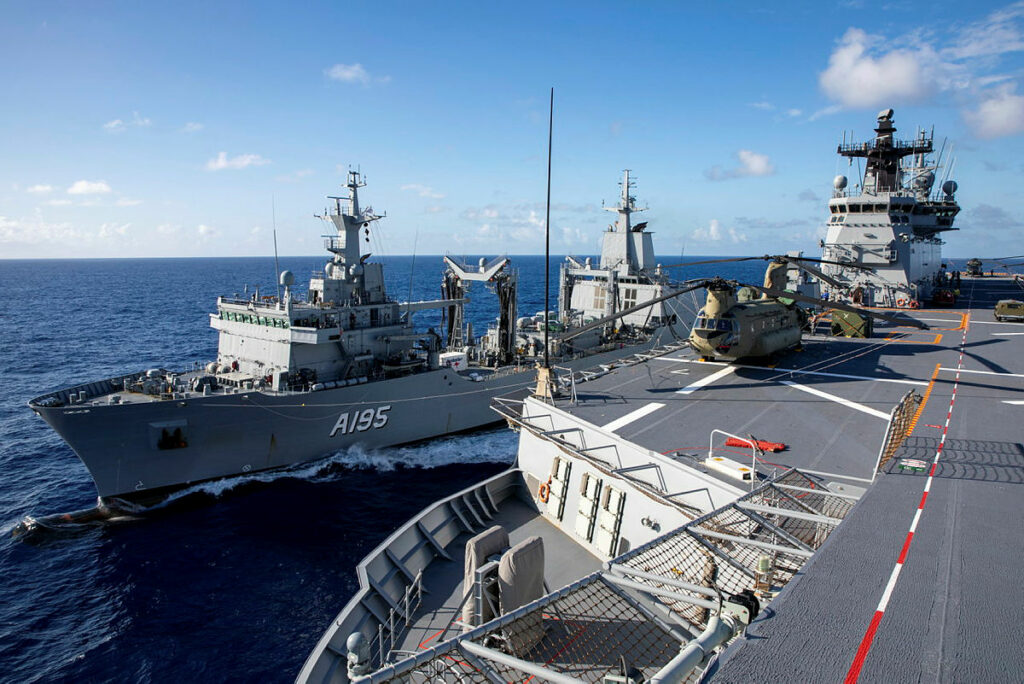
Supply and Adelaide’s crew conducted the inaugural RAS slowly and methodically, which set the precedent for future fuel transfers. The technicians test the fuel for quality in between the initial hose hook-up and the start of fuel distribution.
HMAS Supply sailor Petty Officer Boatswain Michael Hirschausen oversaw the RAS and said it’s a whole-ship evolution involving all departments on board the ship.
“Boatswains and boatswains’ mates manage the seamanship, engineers coordinate the refueling, and electronics technicians assist with ship-to-ship communications,” he said.
“The ships closed to 60 metres and travelled at 12 knots to conduct the refueling. It was essential for both ships to maintain consistent distance to avoid collision and ensure the hose line didn’t pull and spill fuel or damage the ships.”
In addition to over 600,000 litres of fuel, the RAS included 16 vertical replenishment loads of humanitarian and disaster relief stores via MRH-90 Taipan helicopter and a further 30 pallets of fresh food and supplies winched onto Adelaide’s landing craft.
“Supply is a critical Navy capability that allows Australian and allied ships to extend their time at sea without the need to visit a port,” Lieutenant Commander John Miller said.
HMAS Supply was commissioned in April 2021 and is one of the RAN’s two auxiliary oiler replenishment ships.
The Supply-class replenishment vessels are built under a contract signed several years ago with Spanish shipbuilder Navantia. They are based on the Spanish Navy’s Cantabria-class AORs and displace 19,500 tons and measure 173.9 meters in length.




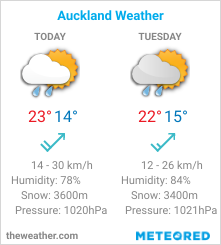
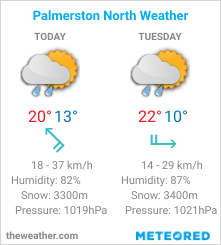
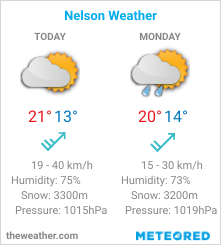
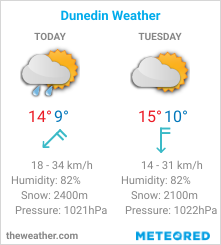
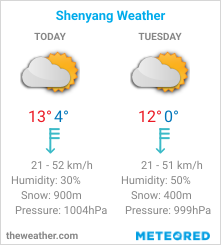
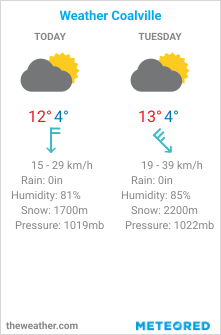
No comments:
Post a Comment
How did you like the post, leave a comment. I would appreciate hearing from you all. Best wishes from JC's Naval, Maritime and Military News